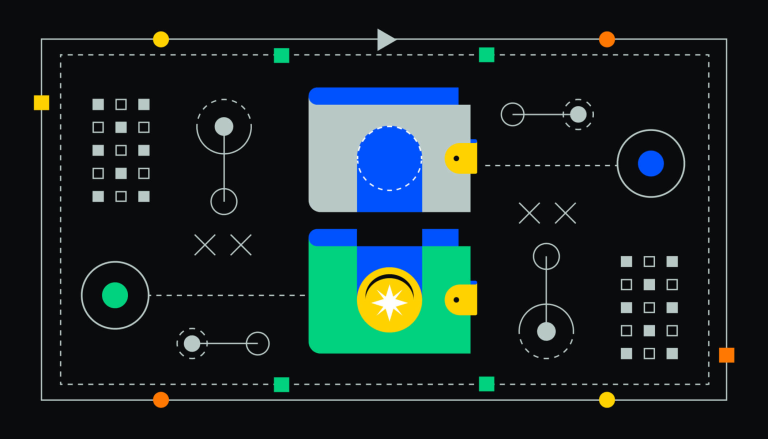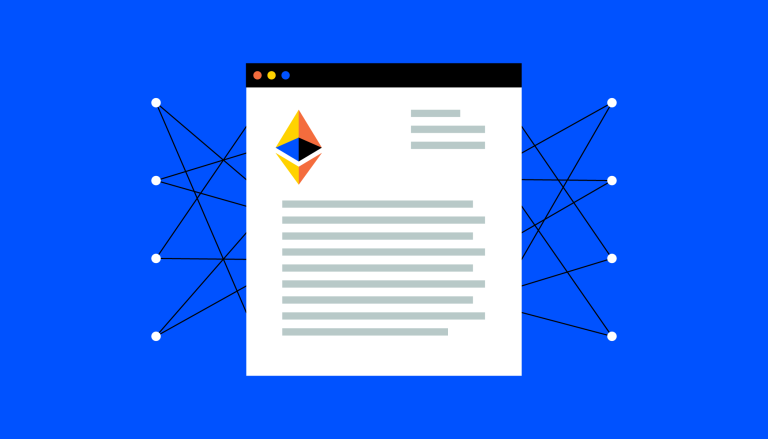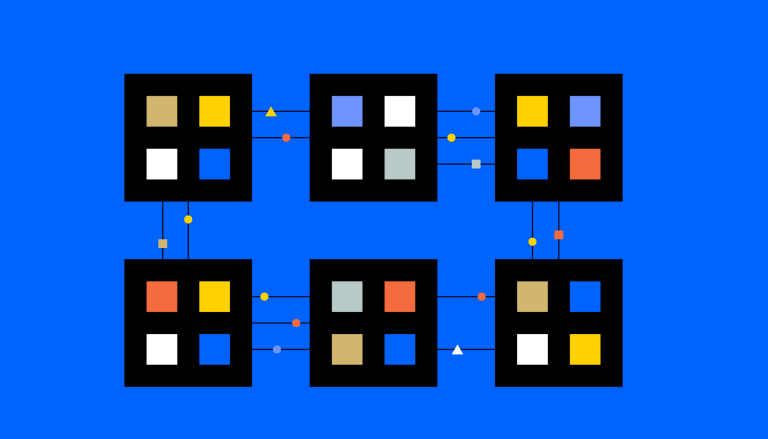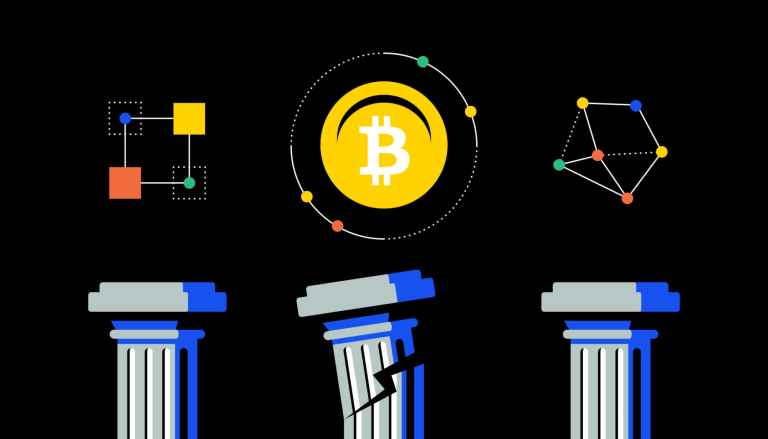What is a Decentralized Identifier (DID)?

A Decentralized Identifier (DID) is a unique ID issued by a decentralized platform, acting as proof of digital identity ownership.
DIDs are part of a trust framework that doesn't require a centralized registration authority and can be used to identify individuals, organizations, and devices.
The DID framework aims to give control of identity back to internet users, facilitating data exchange through blockchain's distributed ledger technology.
Understanding Decentralized Identifiers (DIDs)
A Decentralized Identifier (DID) is a unique identifier that can be issued by a decentralized platform. This identifier acts as a proof of ownership of digital identity. Unlike traditional identifiers that require a centralized registration authority, DIDs are universally unique identifiers (UUID) that are cryptographically verifiable. They can be used to identify individuals, organizations, abstract entities, data models, and Internet of Things (IoT) devices.
The Purpose of DIDs
The primary aim of DIDs is to give control of identity back to internet users. It empowers them to generate unique identifiers using systems they trust. By enabling authentication of these identifiers with cryptographic proofs such as digital signatures, both individuals and organizations can benefit from data exchange leveraging blockchain's distributed ledger technology (DLT).
How DIDs Work
In the DID framework, users can store several accepted identifiers such as government-issued certificates, educational and tax certificates, and other personally identifiable information (PII) in a digital wallet. Rather than relying on a central authority to manage the user’s identity, a blockchain-based distributed ledger serves as the source of all identifiers stored in the wallet. The identification information is not stored on the ledger but in a user-managed wallet. It enables people to share different parts of their identity with various services as they see fit.
The Benefits of DIDs
Unlike the centralized framework, users can present only the required information to any entity (website, app, etc.). These entities can verify that the proofs are true via a blockchain-based ledger. For instance, if you're trying to register for a new online service, and it needs you to prove that you're over 18 years, using the decentralized framework, you may have the ability to control what information is shared from your digital wallet with the online service. You can present proof that you're over 18 without revealing your actual date of birth.
The DID Framework
The core DID draft, initially published by w3c, clarifies that a Decentralized Identifier is a simple text string. It consists of three parts: The DID URI scheme identifier, stored on-chain, the DID method identifier, and the DID method-specific identifier. DIDs are part of a global key-value database wherein certain blockchains host the DID Documents (e.g., public keys, service endpoints, and authentication protocols). DIDs act as keys and DID Documents as values to describe specific data models to bootstrap cryptographically verifiable interactions with the identified entity in the decentralized ecosystem.


